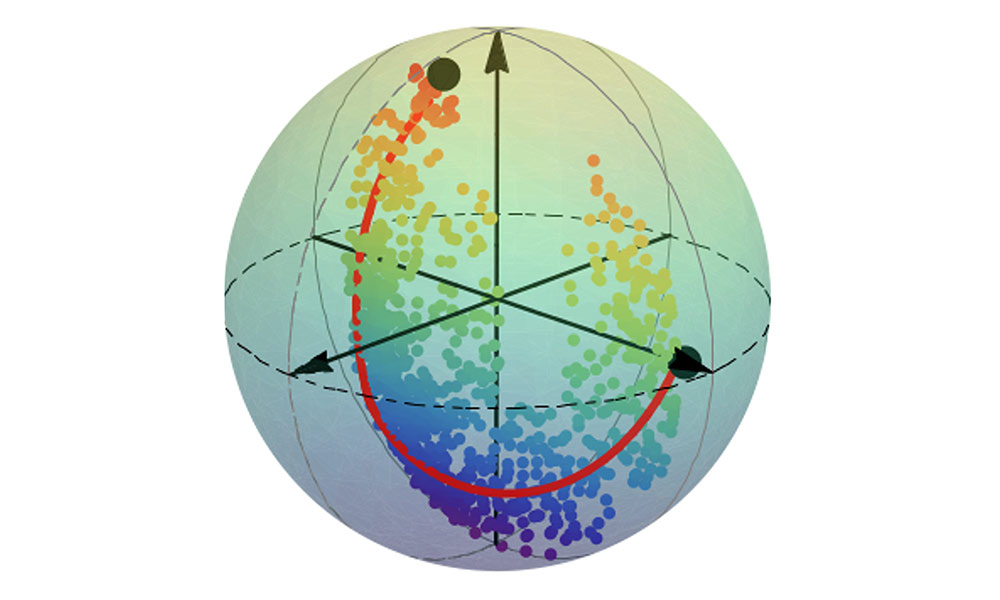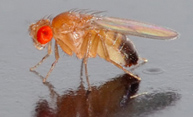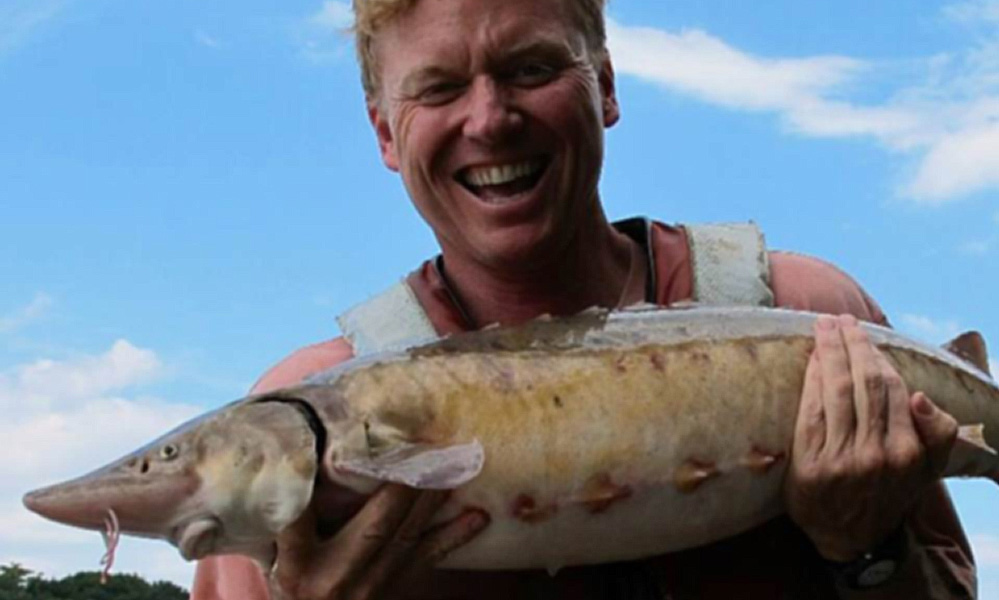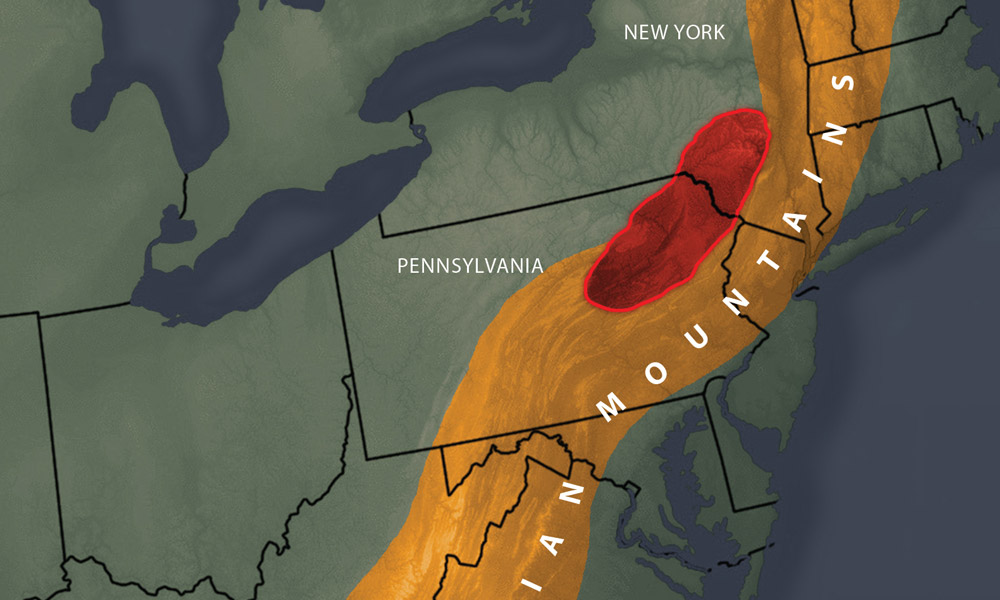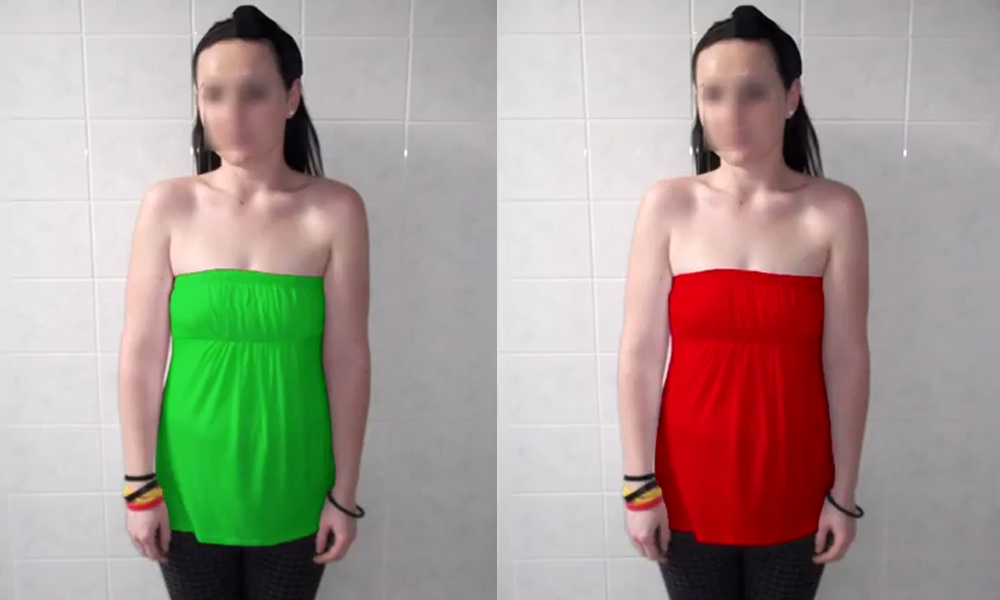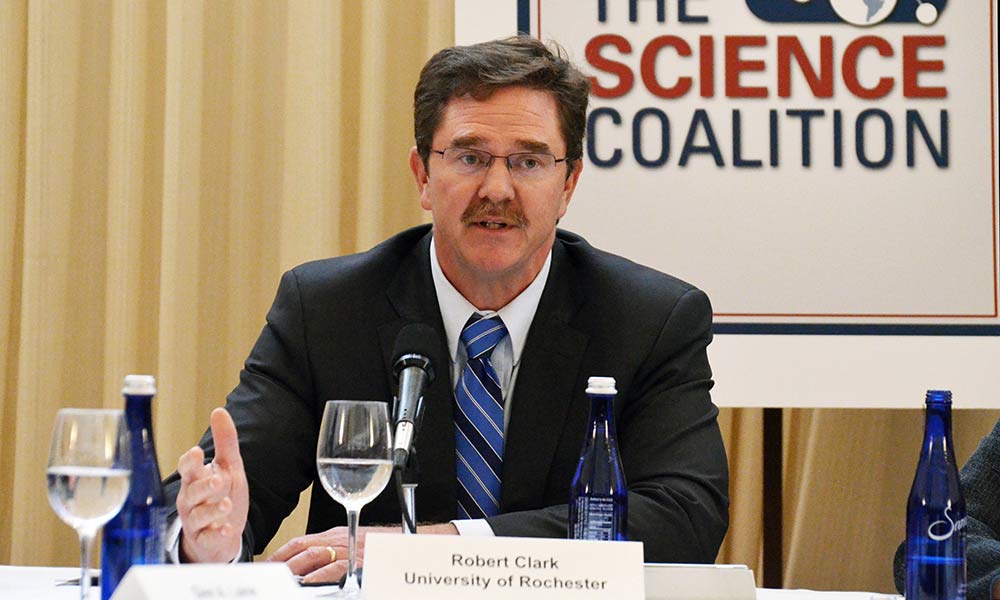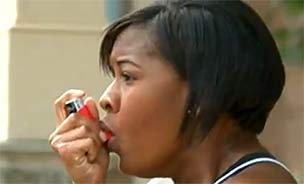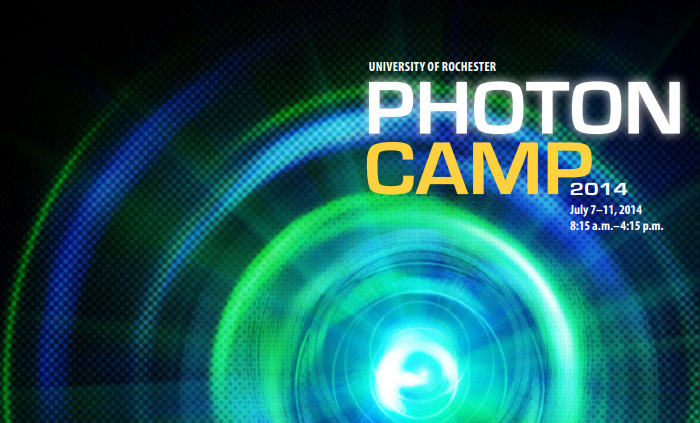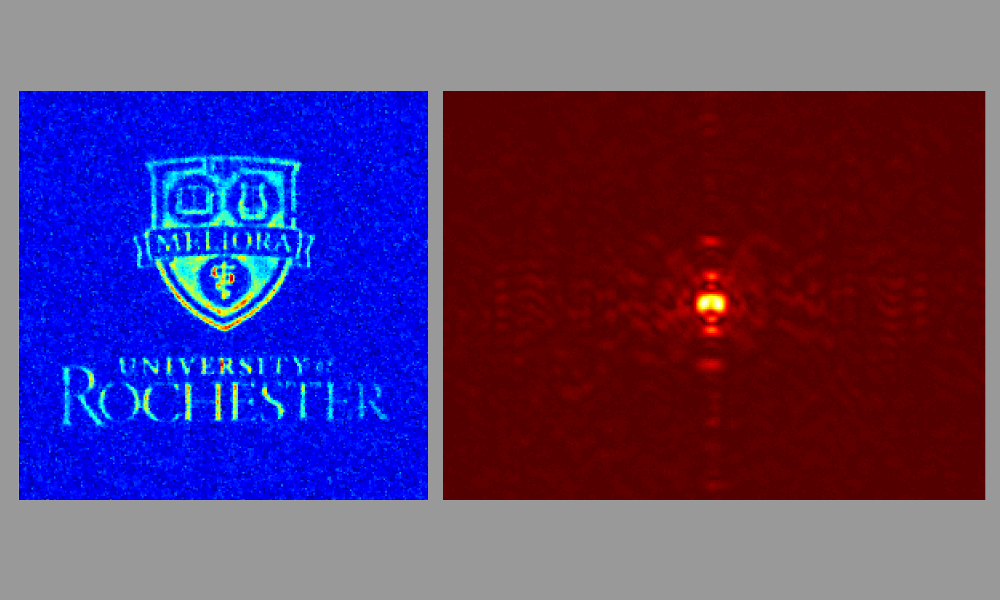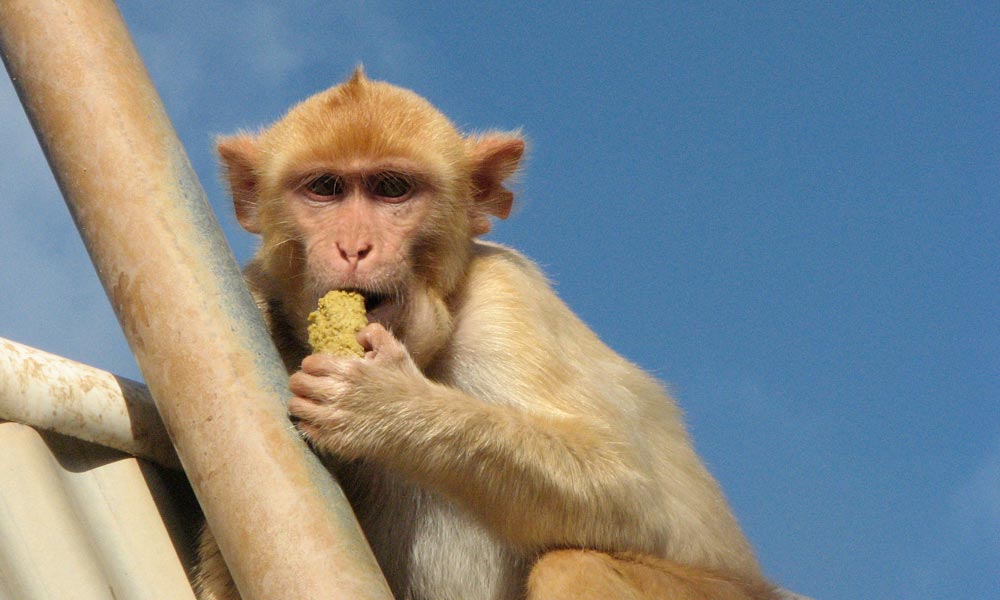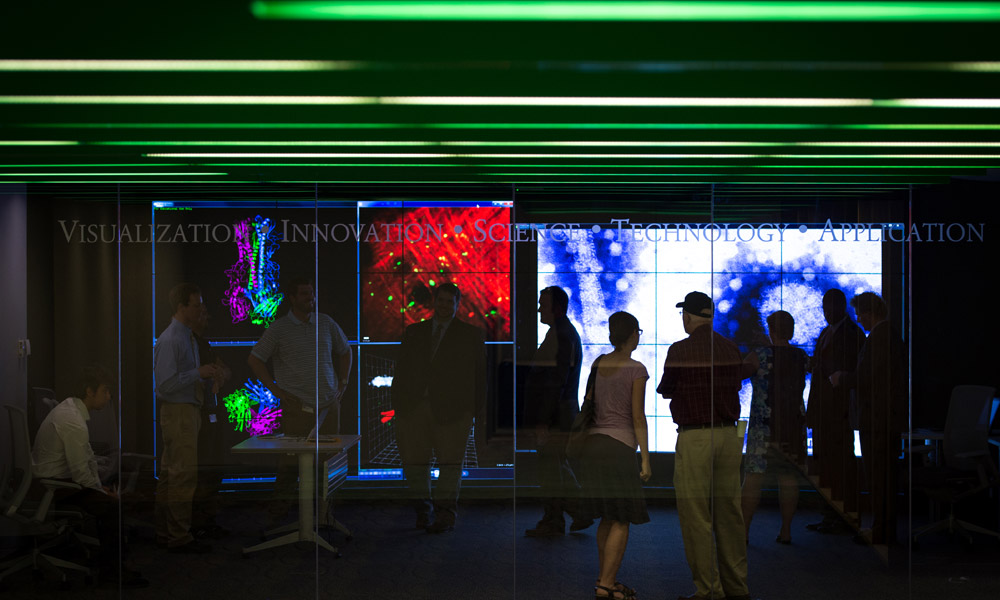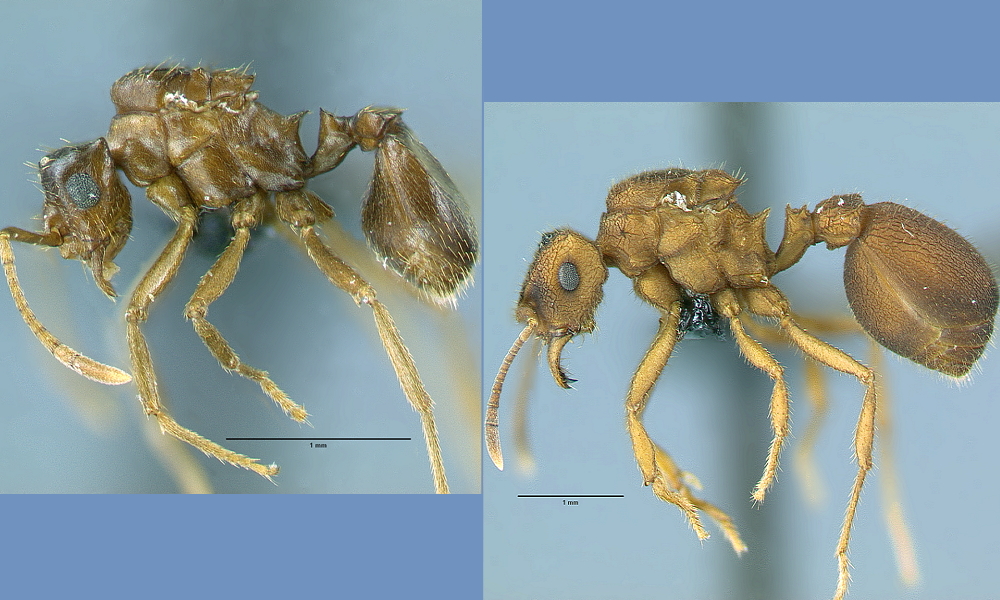
Science & Technology
Alternate mechanism of species formation picks up support, thanks to a South American ant
August 21, 2014
A newly-discovered species of ant supports a controversial theory of species formation. “Most new species come about in geographic isolation,” said Christian Rabeling, assistant professor of biology at the University of Rochester. “We now have evidence that speciation can take place within a single colony.”

